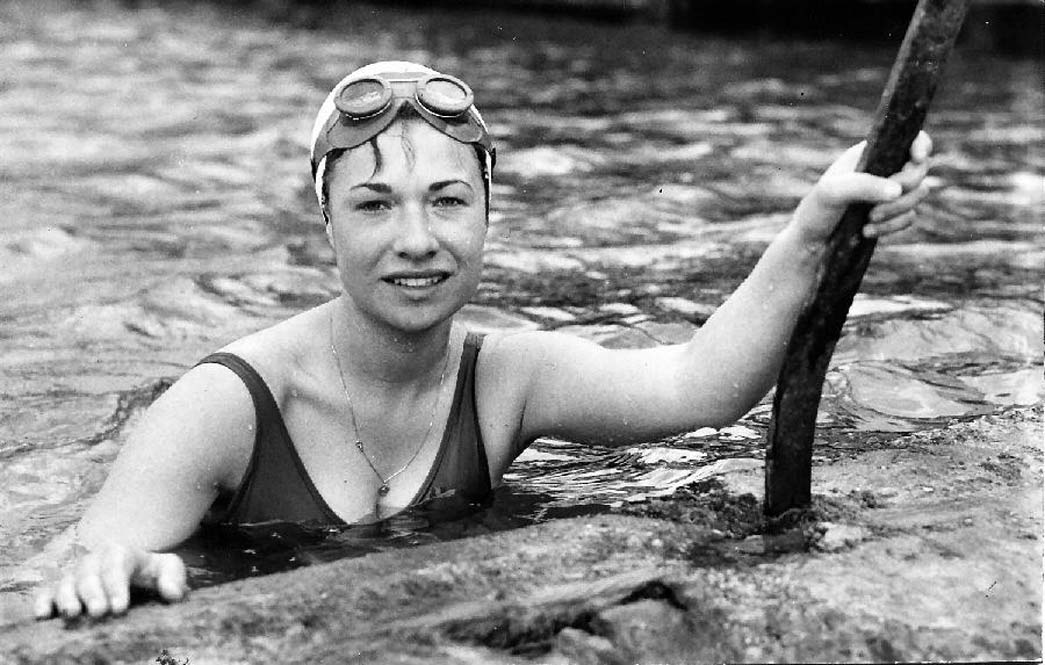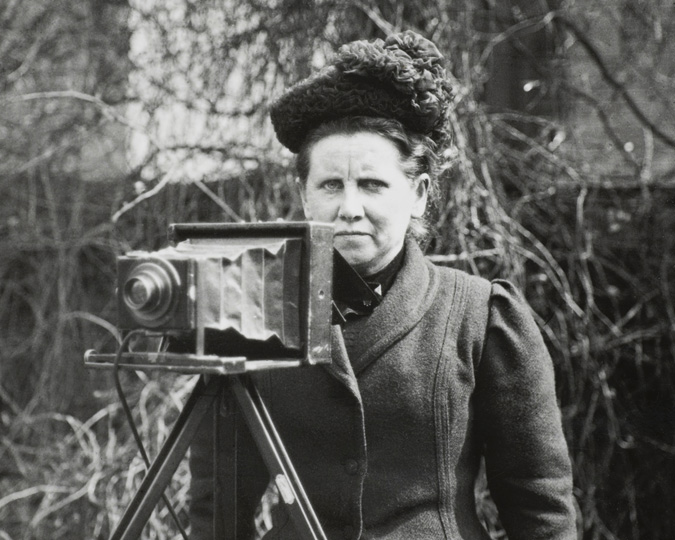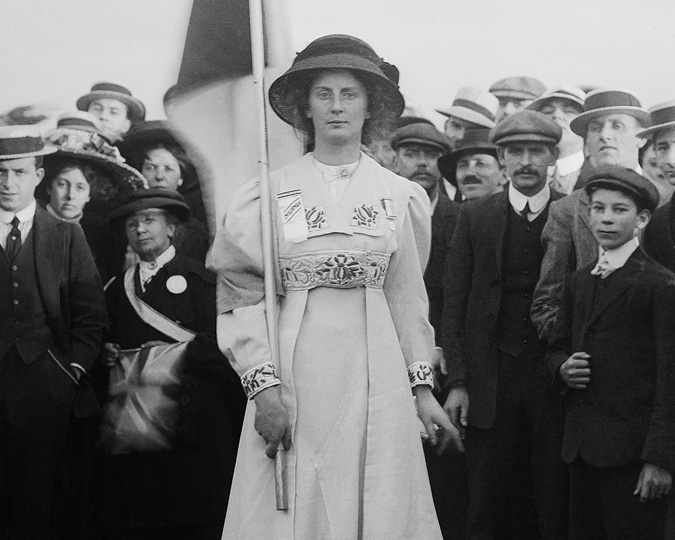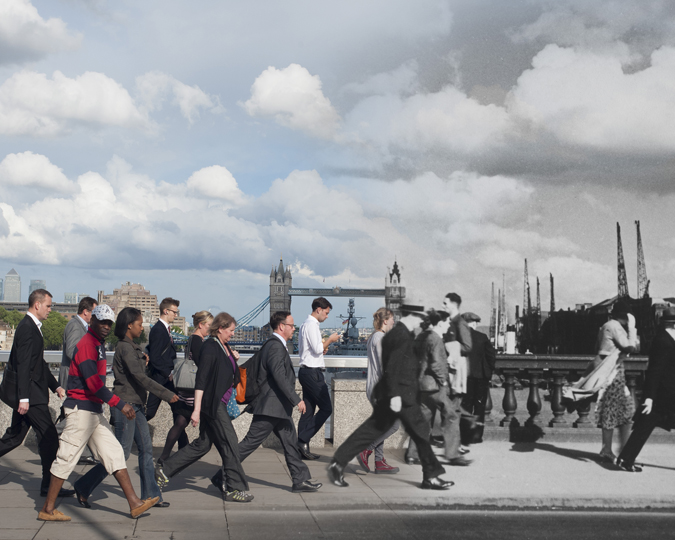Three years ago, when I started researching Downstream: a history and celebration of swimming the River Thames, I thought it would be quite a short book. After all, how many people would want to swim in the Thames?
But I soon realised that bathing in London’s great waterway used to be the norm, that river racing reached its peak in Victorian times and that now, with the Thames the cleanest in living memory, there has been a real resurgence in ‘wild swimming’.
In the late nineteenth century swimmers came up with all sorts of ways to use the Thames, from organised races to exhibition swims, from floating baths to bathing islands. To my surprise I discovered that women were at the forefront of this, and as I began to travel from source to sea I came across a host of forgotten champions. These include Agnes Beckwith, ‘the youthful water sprite’ who swam 20 miles in the Thames, Marie Finney who made a spectacular dive from London Bridge and Annie Luker who set her heart on ‘establishing claim to the female championship of the world’.
By the early twentieth century women had formed their own Thames swimming clubs. In 1907 Lily Smith was the only woman to compete in the first Richmond to Blackfriars race alongside 32 men, while in 1916 Eileen Lee ‘eclipsed all records made by men as to time’, swimming twenty-three and a half miles in seven hours from Greenwich.
Yet the stories of these ‘long distance lady champions of the world’ have until recently been largely forgotten and today’s endurance swimmers are too often not even aware of who came before them.
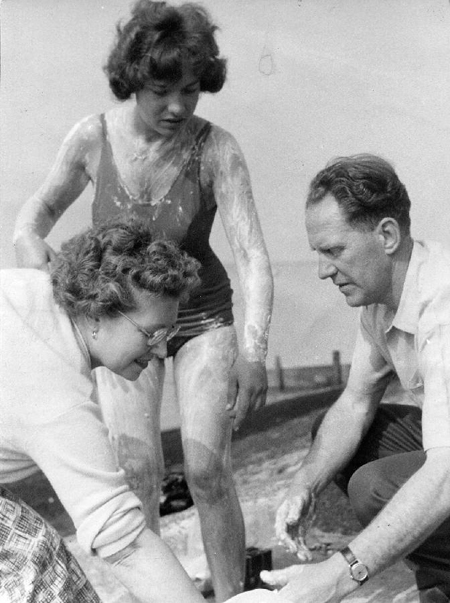
Margaret White in 1960 by Southend Pier preparing to swim across the Thames Estuary with her mother and uncle applying grease (Courtesy of Margaret White-Wrixon)
In 1985 for example Alison Streeter, the ‘Queen of the Channel’, swam from Richmond to Gravesend; the following year she did it the other way round, going upstream. Yet Alison didn’t know of the tradition she was part of, and nor did Ness Knight when in 2013 she set off on a unique round-Britain triathlon which began with swimming 155 miles down the Thames.
Excited by this lost legacy I spent two years trawling local history archives and tracking down relatives, trying to do these women’s stories justice. But no soon had I finished writing Downstream than readers started to get in touch with yet more swims I’d never heard of.
Vicki Fox told me about her mother Ivy Fox who swam from Kew to Putney in September 1928 as a member of the Pioneer Ladies’ Swimming Club in Acton.
Then Margaret White-Wrixon sent me an email about her record-breaking swims. I knew that in 1925 Norman Derham had swum across the Thames Estuary and in 2003 Peter Rae made a two way crossing. But what I didn’t know was that 17-year-old Margaret had made the swim in 1961 when on June 25 she became the first person to complete a Thames Estuary two way swim. She then made history by becoming the youngest person to swim the Channel on September 2nd, 1961 from France to England in 15 hours 8 minutes.
Downstream charts even more forgotten aquatic champions, from 19th-century teenage stars to 20th-century long-distance record breakers. I’m certain that this story is not yet finished, and that there are plenty of other women whose swims are just waiting for proper recognition.








